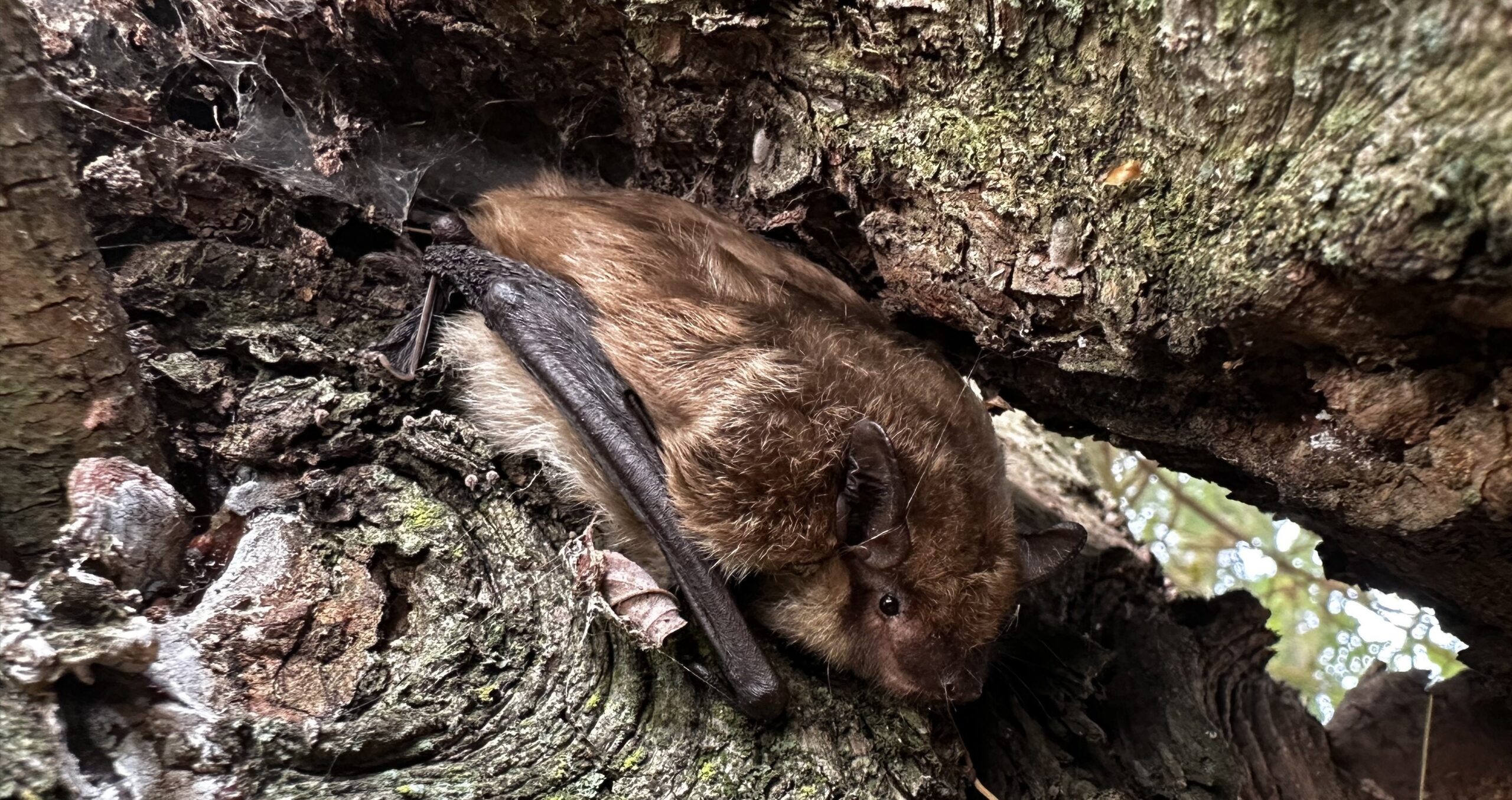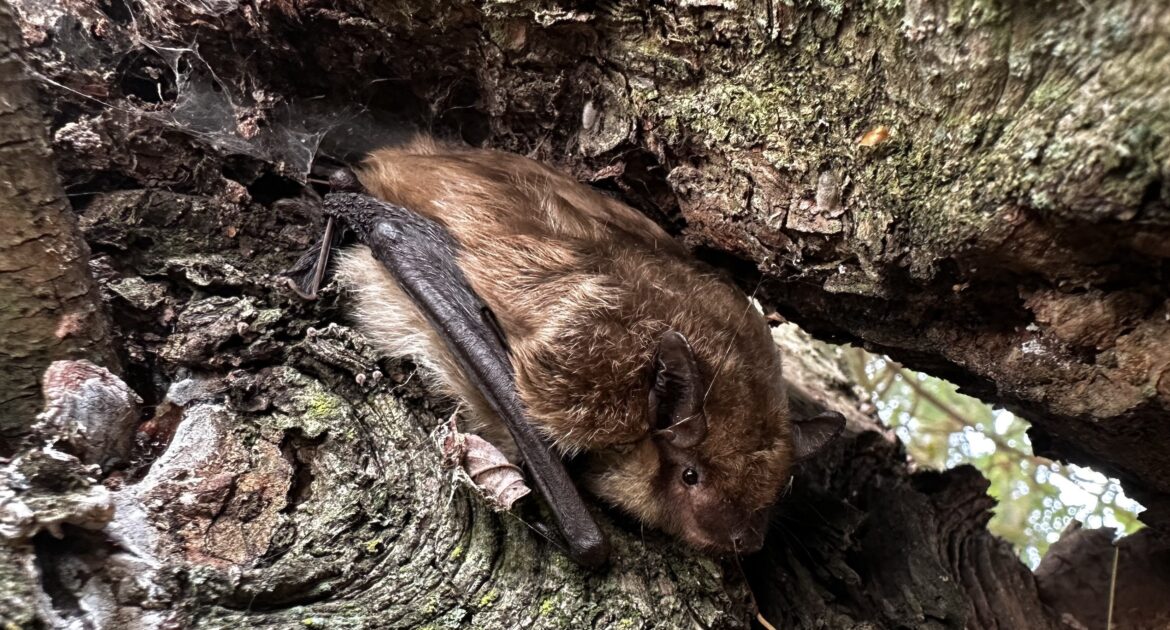Bats might seem like quiet tenants of the night, but their mating cycles can bring them much closer to your home than you’d expect. While they are essential to our ecosystems—helping control pests and pollinating plants—their habits during mating season can lead to trouble for homeowners. Knowing how these cycles work and what they mean for your home can make all the difference in keeping your space safe.
During mating season, bats look for warm, protected spaces to give birth and raise their pups. Unfortunately, attics and walls often check all the boxes for them. Once inside, they can go unnoticed at first, but a few bats can quickly turn into a much bigger issue. Left unchecked, the impact can include property damage, health risks, and an infestation that’s difficult and costly to resolve. That’s where services like Skedaddle Humane Wildlife Control in Burnaby can help with professional and ethical wildlife removal.
This guide will explain the bat mating season home impact, how their behaviours shift throughout the year, and, most importantly, how you can practice bat infestation prevention. By understanding these seasonal patterns, you’ll be better prepared to protect your home. And if bats are already calling your space their home, you’ll know exactly what to do.
Understanding the Bat Mating Cycle
To understand how bats impact your home, we must first look at their mating patterns. The cycle typically begins in late summer and early fall. Male bats gather to mate with females, but something interesting happens next—fertilization is delayed until spring. Female bats store the males’ sperm until the conditions are right for pregnancy.
When spring arrives, and temperatures warm up, females become pregnant and form maternity colonies. These colonies are often in sheltered spaces like your attic, where they feel safe enough to have their pups. Pups—baby bats—are born in spring or early summer and stay inside the colony while they grow. A small bat group can expand quickly during this time.
During fall and winter, bats migrate to warmer areas or hibernate in safe spots. Unfortunately, your attic or walls might be their perfect spot to hunker down. Their seasonal movements highlight why prevention is essential. A home left untreated could turn into a bat hangout without you realizing it.
Knowing about these behaviours helps us understand why bats tend to favour homes during key parts of the year. With the right awareness and preventative measures, you can keep them from settling in.
How Bats Affect Your Home During Mating Season
When bats move into your home, their presence does more than make you uneasy. Here are some ways they can directly affect you:
- Noise and Increased Activity: Bats are nocturnal, meaning they’re most active at night. You might start hearing chirping sounds or fluttering wings in your walls or attic. These sounds can be distracting, especially when you’re trying to sleep.
- Droppings Build-Up (Guano): One of the most noticeable issues is bat droppings, also known as guano. Over time, it collects in large amounts, producing strong odours and damaging insulation or wood. It’s not just unpleasant—it can make repairs expensive.
- Health Risks: Guano and urine can contain fungal spores that cause diseases like histoplasmosis, a respiratory illness. The presence of these mammals increases the risk of harmful exposure.
- Entry Point Damage: Bats squeeze through any gap larger than half an inch. These entry points might start as small holes but often widen as they repeatedly fly in and out, causing damage to your house’s structure.
- Legal Restrictions: Many regions, including Burnaby, have rules protecting bats, especially mothers and their young. Removing them during specific times of the year is restricted, which makes timing crucial when dealing with the issue.
Handling the impacts of a bat presence isn’t something you want to delay. Acting early makes all the difference in preventing long-term damage to your property.
Signs of a Bat Infestation
It’s not always obvious when bats have settled into your home. They’re quiet at first, and their presence can go unnoticed until the signs become impossible to ignore. One of the earliest clues is sound. Bats are most active during the early morning and late evening, so you may hear faint scratching or the fluttering of wings—especially near your attic or walls. These noises might seem harmless at first, but they can quickly escalate as the colony grows.
Another sign to watch for is the appearance of greasy stains around small holes or gaps in your home. Bats squeeze through tiny spaces, and the oils from their fur leave behind dark smudges. If you spot marks like these near your walls, roofline, or vents, it’s a strong indicator of where they’ve been coming and going.
Droppings, or guano, are a clear sign that bats are nearby. You might find small piles of droppings near their entry points or scattered around your attic. Not only can guano create a mess, but it can also lead to health risks if left unaddressed. Along with the droppings, many homeowners also notice a strong ammonia-like odour. This smell comes from the buildup of bat urine and feces, and it tends to get worse over time if the infestation isn’t dealt with.
Finally, you might notice bats flying around your property at dusk. If you see these creatures regularly swooping near your house, it’s possible they’ve already found a spot to roost inside. Pay attention to their patterns and where they seem to disappear—that can often give you a clue about where they’ve made themselves at home.
If you recognize any of these signs, it’s crucial to act quickly. The longer bats remain, the harder—and more expensive—it becomes to address the problem. Early action not only protects your home but also ensures these animals are removed safely and humanely. Don’t ignore the warning signs; a little awareness can go a long way in preventing bigger issues down the line.
Bat Infestation Prevention Tips
Keeping bats out of your home requires a proactive approach. The good news is that there are plenty of things you can do to prevent them from moving in. Here are some practical tips:
- Seal Entry Points: Before the mating season begins, inspect your home for gaps or cracks. Seal any that are larger than half an inch, especially near roofs, siding, or vents.
- Install One-Way Exit Devices: Exclusion devices allow bats to leave your home but prevent them from getting back in. This is one of the most humane and effective ways to deal with the issue.
- Check Problem Areas Regularly: Inspect vents, chimneys, and roofing for possible entryways. Installing covers or screens over these areas can go a long way in preventing access.
- Dim Outdoor Lighting: Bright lights attract insects, which in turn attract bats. By reducing outdoor lighting or switching to less attractive LED options, you can make your home less appealing to these animals.
- Schedule Professional Inspections: Hire a wildlife control service to thoroughly inspect your home for vulnerabilities. Professionals know what to look for and can often spot risks you might miss.
By taking these steps, you reduce the chances of an infestation and protect both your home and the local bat populations.
Keep Your Home Protected and Bat-Free
Understanding the bat mating season home impact is the first step to keeping your space safe. A proper bat infestation prevention plan can save you from dealing with costly repairs and potential health problems in the long run. If you notice any signs of bats in your home, don’t wait to take action.
For residents in the area, professional wildlife removal in Burnaby is the safest and most effective solution. That’s where Skedaddle Humane Wildlife Control comes in. We specialize in ethical and humane bat removal to ensure your home is secure while also respecting these valuable animals.
Protect your home and your family from unwanted bat guests! Contact us today to request a quote and learn more about how we can help.




